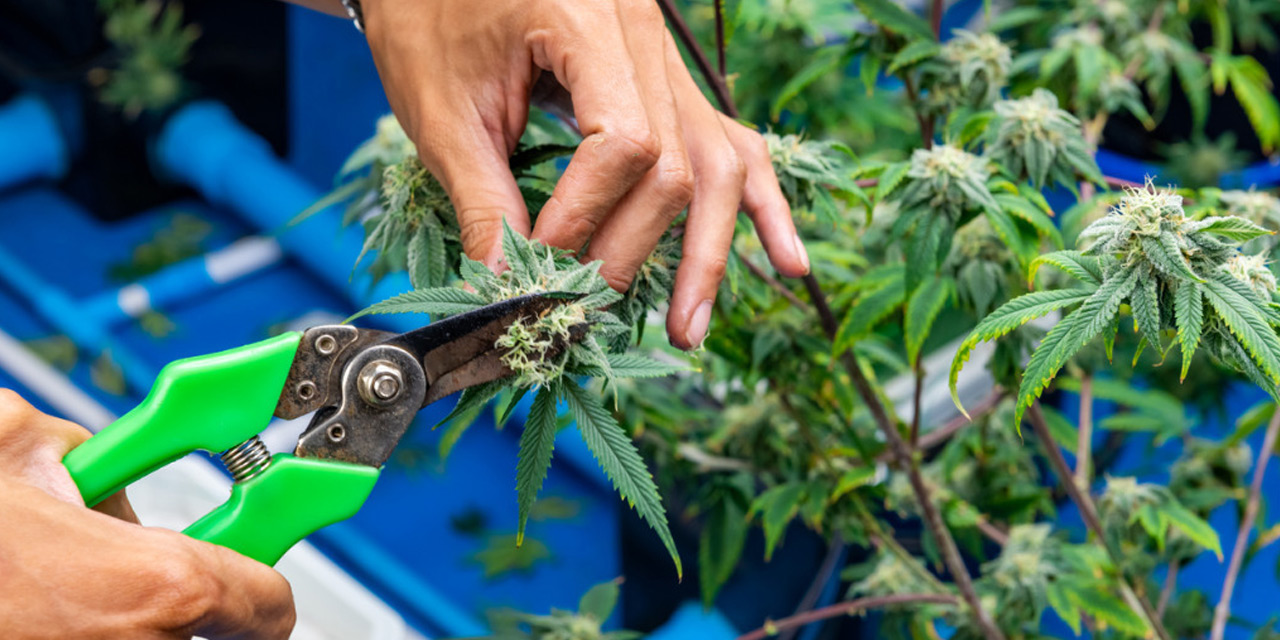In cannabis cultivation, the choice between organic and synthetic nutrients represents more than just a farming practice—it’s a decision that significantly influences the quality, safety, and environmental impact of the final product. As the cannabis industry continues to grow, understanding the effects of these nutrient sources becomes essential.
Organic vs. Synthetic Nutrients: A Fundamental Distinction
Organic Nutrients: Derived from natural sources, organic nutrients encompass a wide range of plant and animal matter, as well as minerals. These nutrients are released into the soil over time as they decompose, providing a slow and steady source of nourishment to the cannabis plants. The use of organic nutrients promotes a rich, biodiverse soil ecosystem, which can enhance plant health and resilience against pests and diseases.
Synthetic Nutrients: In contrast, synthetic nutrients are chemically formulated to provide immediate nutrient availability to plants. These man-made compounds can be precisely tailored to meet the specific nutritional needs of cannabis at various growth stages. While synthetic nutrients offer the advantage of rapid growth and high yields, their overuse can lead to nutrient runoff, soil degradation, and potential harm to the surrounding environment.
The Impact on Cannabis Quality
The choice between organic and synthetic nutrients can significantly affect the quality of the cannabis harvest. Organic nutrients are often associated with improved flavor profiles and potentially higher levels of certain cannabinoids and terpenes, attributed to the enhanced soil health and microbial activity they promote. Conversely, synthetic nutrients, when used responsibly, can produce robust plants and substantial yields, although they may lack the nuanced flavors imparted by organic cultivation methods.
The Role of Testing in Ensuring Quality and Safety
Regardless of the nutrient source, rigorous testing is crucial in ensuring the quality and safety of cannabis products. Testing laboratories play a pivotal role in analyzing nutrient content, contaminant levels, and the overall chemical composition of cannabis.
Contaminant Screening: Testing for contaminants is especially critical, as both organic and synthetic nutrients can introduce unwanted substances into the cannabis plants. Organic nutrients may carry the risk of pathogens or heavy metals, while synthetic nutrients can lead to the accumulation of chemical residues. State-of-the-art testing methods, such as liquid chromatography and mass spectrometry, allow for the precise identification and quantification of these contaminants.
Nutrient Analysis: Beyond safety, testing also provides valuable insights into the nutrient profile of the cannabis, helping cultivators optimize their nutrient regimens for better health and yield. Understanding the plant’s uptake of various nutrients can guide cultivators in choosing between organic and synthetic options, balancing growth objectives with environmental sustainability and product quality.
A Call for Informed Decisions and Rigorous Testing
The debate between organic and synthetic nutrients in cannabis cultivation is nuanced, with each approach offering distinct benefits and challenges. As the cannabis industry evolves, making informed decisions based on rigorous testing and analysis becomes increasingly important. By prioritizing product quality, safety, and environmental stewardship, cultivators can navigate the complexities of nutrient management to produce premium cannabis products that meet the high standards of today’s discerning consumers.



